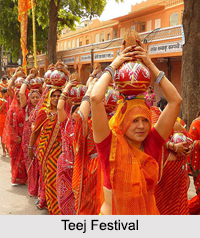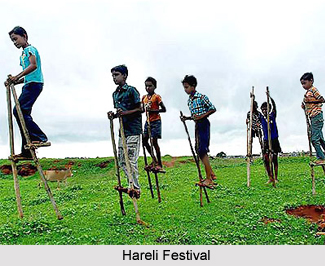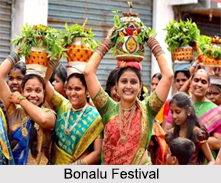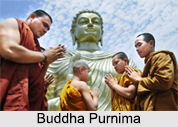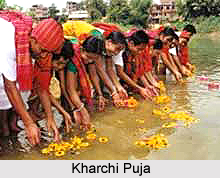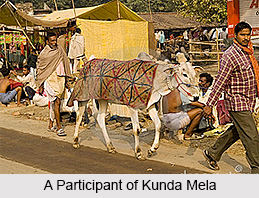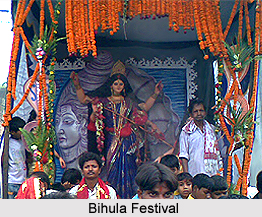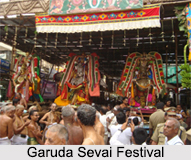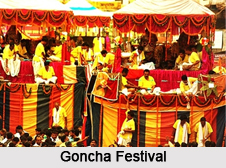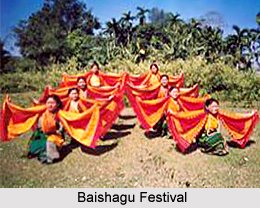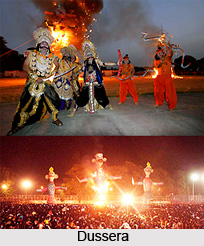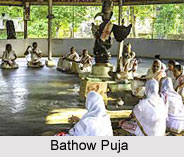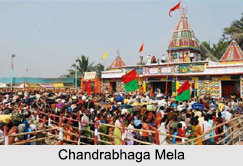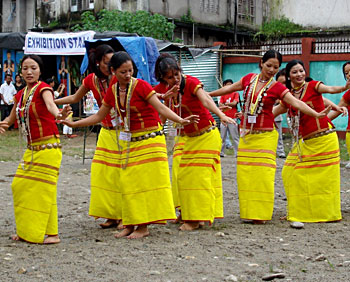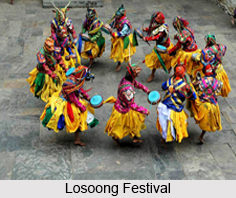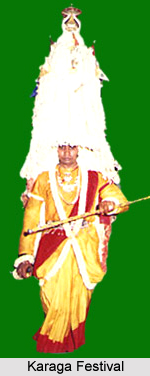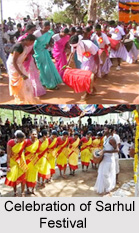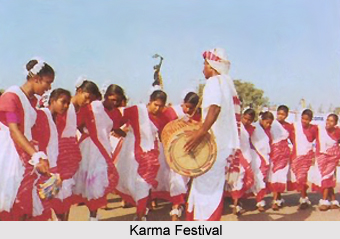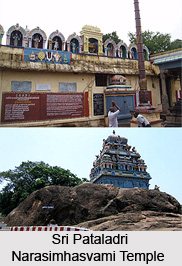 There are a number of festivals celebrated almost every month at the Pataladri Narasimhasvami temple of Singaperumalkoil. Singaperumalkoil is a census town located in Chennai metropolitan city in the Tamil Nadu state of India. It is acknowledged by the name of Pataladri Temple, because here Lord Narasimha is in his Ugra Roopa. Narasimha is one of the incarnations of Lord Vishnu, who is half-man and half-lion. As per the mythological story, it is believed that at the request of Sage Jabali, Narasimha, Singaperumal or the Lion God, manifested himself immediately after he packed off Hiranyakashyapu to the nether world. The festivals of Pataladri Narasimhasvami temple reveal its cultural significance. The festivals are organized with immense pomp and grandeur during which a number of devotees gather in the temple complex to offer their worship to the lord.
There are a number of festivals celebrated almost every month at the Pataladri Narasimhasvami temple of Singaperumalkoil. Singaperumalkoil is a census town located in Chennai metropolitan city in the Tamil Nadu state of India. It is acknowledged by the name of Pataladri Temple, because here Lord Narasimha is in his Ugra Roopa. Narasimha is one of the incarnations of Lord Vishnu, who is half-man and half-lion. As per the mythological story, it is believed that at the request of Sage Jabali, Narasimha, Singaperumal or the Lion God, manifested himself immediately after he packed off Hiranyakashyapu to the nether world. The festivals of Pataladri Narasimhasvami temple reveal its cultural significance. The festivals are organized with immense pomp and grandeur during which a number of devotees gather in the temple complex to offer their worship to the lord.
The most famous one is the festival of Brahmotsavam in the month of Vaikasi (May-June) which is attended by a very large number of devotees. Some of the other important festivals are Varushapirappu (Tamil new year), Bhashyakarar Utsavam and Nrisimha Jayanthi in the month of Chittirai (April-May); Periyazhvar Utsavam in the month of Ani (June-July); Gajendra moksham, Jyeshtabhisekam and Tiru Adi Puram in Adi (July-August); Pavitrotsavam celebrated for a long period of five days and Sri Jayanthi in Avani (August-September); Navaratri in Purattasi (September-October); Deepavali and Manavala Mamuni Satumurai in Aippasi (October-November); Tiru Kartigai Utsavam in Kartigai (November-December); Dhanurmasa Puja and Adhyayana Utsavam including Vaikuntha Ekadasi in Margazhi (December-January); Sankranti Utsavam and Thai Pusain in Thai (January-February); Ratha Saptami (during which the deity is taken out on seven different vahanas on the same day) and Theppa Utsavam in Masi (February-March); Yugadi Utsavam and Panguni Uttiram in the month of Panguni (March-April). The stanzas from the Periya Tirumozhi of Tirumangai Azhvar, in praise of Lord Narasimha at Ahobilam are recited in this temple. Hence, the temple is considered as a sacrosanct.
The festivals organized in the temple reveal the enduring religious tradition of India. The religious tradition of the temple is continuing its worship for approximately a thousand and four-hundred years, and continues to draw multitudes of devotees even in the present day.
